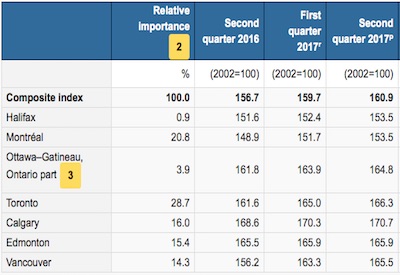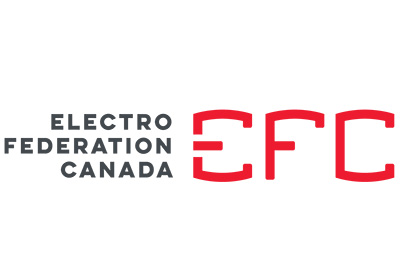Supply Chain Sacrifice – Part 2

August 10, 2018
By Rick McCarten
Last month, my article looked at how Walmart’s cross-docking distribution method successfully reduced the supply chain’s overall costs (and increased Walmart’s costs).
In this article, let’s look at the women’s fashion retail market — one of the riskiest manufacturing businesses. What is popular today can quickly change and leave you with a lot of unwanted inventory and lost revenue. The typical process is to determine what is “hot” and produce thousands of items in a factory far, far away to keep costs down.
A typical clothing manufacturer/retailer collects full ticket pricing on about two-thirds of their merchandise. That means 30-40% of the product is sold at discount, at a loss, or simply discarded. On average, unsold items can amount to as much as 10-20% (Harvard Business Review, Nov. 2004). This means higher margins on the initial sales need to cover the losses at the back end.
Zara, a Spanish clothing retailer, thought they could do it differently. Zara not only set up retail outlets, but it also built textile factories in the countries where their stores were. The retailer owns the stores and the factories. So instead of producing huge quantities of goods to keep the average cost down, they produce smaller quantities and then test sales. If particular dresses sell, the factories increase production and ship out more of the popular designs, cashing in on the full price items. With this model, Zara sacrificed the efficiency of their factories, in location and small quantities, to become a “just-in time” retailer to provide better customer value.
Not only can Zara gain a better margin, which makes up for the higher cost of manufacturing, but they can also be quick to adapt to new trends, again leading to more margins. There is a tight loop system between the retailer, manufacturing process and what the customer is looking for.
Shoppers also become familiar with Zara and know that if they like something, they had better buy it because the product will likely not go on sale and might not be there the next time they drop in to the store. They also know that Zara has more of the latest trends and a quick changeover. Traditional women’s stores are consumed by how to get rid of older inventory, while Zara has more of what buyers are looking for. Zara is training their customers with positive reinforcement.
This example is good for the electrical industry, for two reasons.
First, it shows that through cooperation between the manufacturer and the distributor, you can reduce unwanted inventory.
Secondly, it provides the manufacturer a window into the consumers of their product. The producer has a connection the purchaser. Designers can instantly see what customers want; what is most popular, resulting in the faster production of popular products. In turn, more designs can be created that are similar in nature to popular designs. The manufacturer and the distributor working hand-in-hand to better serve the customer. This strategy provides a closer look at how the end customer’s use of electrical products would help manufacturers determine innovation, inventory levels, quantity packaging, prices sensitivity and delivery options.
To get that insight, in the case of Zara, the manufacturing arm had to produce at less than optimum levels. This allowed the supply chain to improve sales, increase the bottom line and improve service. To make sure the manufacturer in this case was compensated for the extra effort, Zara had to own both arms. Channel sacrifices should be recognized and properly compensated for, to ensure we continue to offer the best sales and service to our customer.
The more we recognize an initial sacrifice in a channel as a benefit, and not detriment, the more we will be open to allowing those who do sacrifice, to find a recovery method — leading to the channel’s ability to improve its competitiveness.
In this age of digitalization, of the Internet and artificial intelligence, we cannot leave any stones unturned. With more opportunities to digitize our systems, we need to ensure a strong collaborative channel.
Note: be sure to request the latest EFC research report, “Let’s Get Digital”, which focuses on supply channel digitization – out on June 1st, 2018 and available in both English and French. Go to www.electrofed.com for details.
Rick McCarten is VP, Operations, Electro-Federation Canada. Read Part 1 here: www.canadianelectricalwholesaler.ca/latest-news/2086-the-supply-chain-sacrifice











